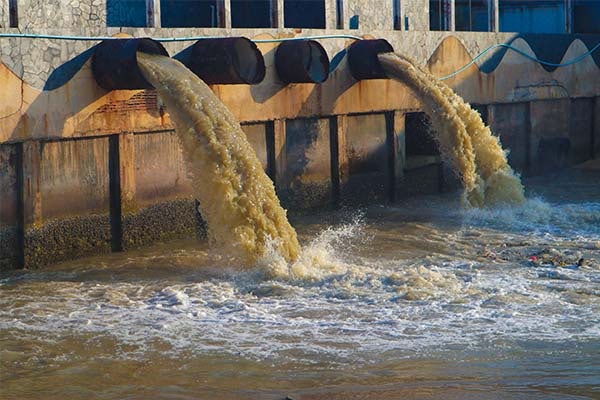Selenium removal from industrial wastewater focus of new research
Daniel Giammar, collaborators win prestigious NAWI grant

Industrial wastewater and agricultural draining waters can contain a variety of contaminants, such as the element selenium, that must be treated or removed. A multi-institutional team led by an engineer at Washington University in St. Louis seeks to refine a method that would remove selenium from wastewater efficiently and cost-effectively.
Daniel E. Giammar, the Walter E. Browne Professor of Environmental Engineering in the McKelvey School of Engineering, will lead the team on the new research with $1.25 million in total funding. The project is supported by the U.S. Department of Energy and through matching funds from Washington University in St. Louis and collaborators. The prestigious award is part of $17.7 million the Department of Energy awarded to 16 projects nationwide to bolster development of energy-efficient water-treatment technologies through the National Alliance for Water Innovation, led by Lawrence Berkeley National Laboratory.
Emerging technologies in selenium removal have focused on using electrocoagulation, a method that electrochemically introduces a metal ion, such as ferrous iron, to water to ultimately remove contaminants from wastewater in a few different ways: the release of ferrous iron from the anode introduces a reactive species that can remove dissolved selenium while reactions on the cathode may also be involved in selenium removal.
Over three years, Giammar and his collaborators from Lawrence Berkeley National Laboratory, Electric Power Research Institute and WaterTectonics plan to advance the use of iron electrocoagulation to remove selenium from water by tailoring the generation of solid particles to have targeted adsorption and reduction properties. They will evaluate their method in various settings, including batch reactors and in laboratory-scale continuous flow reactors with water from the power, mining and agricultural sectors, to develop a model to predict performance. In addition, they plan to develop a tool to assess the feasibility of electrocoagulation for this and two other NAWI projects underway at University of California, Los Angeles and Texas A&M University as well as for future research.
Also collaborating on the project is Jeffrey Catalano, professor of earth and planetary sciences at Washington University.
“Selenium is a challenging contaminant to remove from water, but it has rich chemistry to potentially be used in new technologies,” Giammar said. “The operation of selenium removal technologies is strongly dependent on context, which prevents a one-size-fits-all solution. We plan to address the need for modular technologies that can be operated autonomously and replace the need for chemical supplies with electricity.”




